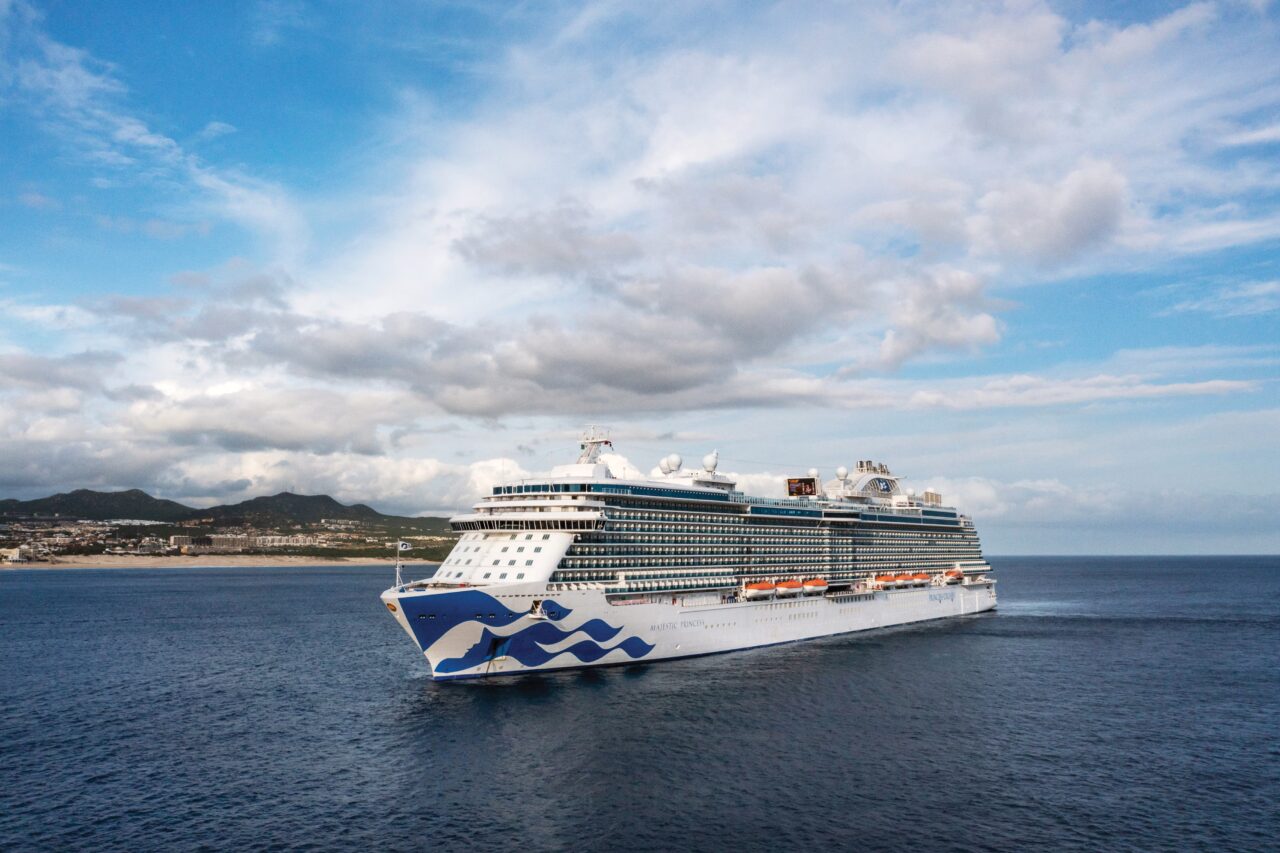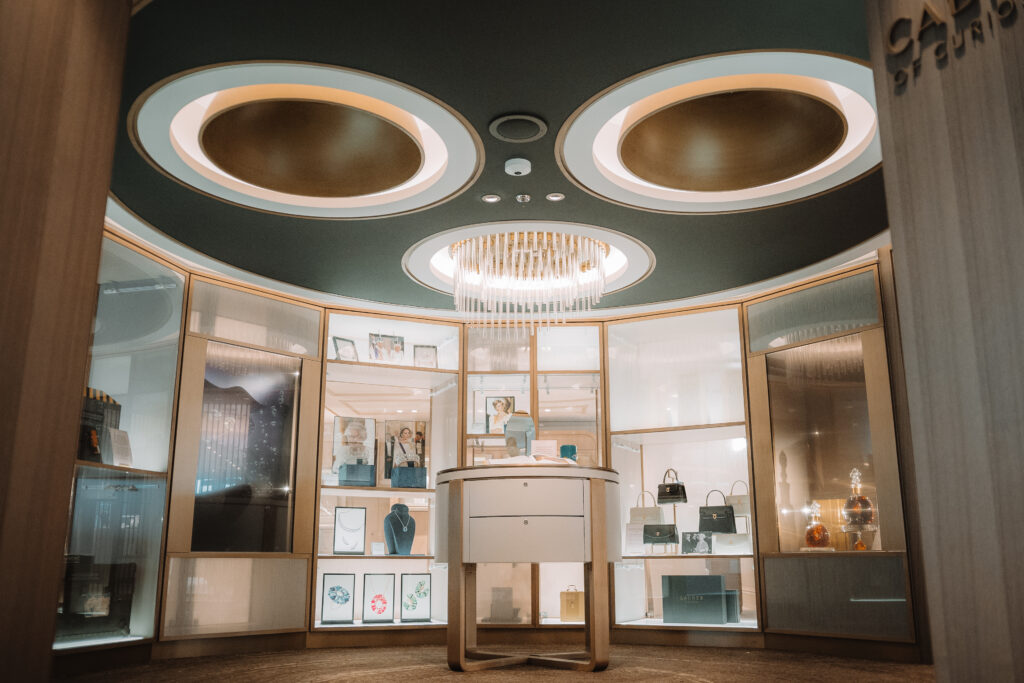May 12, 2025
The changing face of the cruise liner customer experience

The cruise liner market is back in full swing after the impacts of COVID, uncertain weather and troublesome seas. Passenger numbers reached 31.7 million in 2023, but while the promenade, dining and entertainment decks might look the same, a change is going on behind the scenes to make customers happier and keep them coming back.
Much of the news comes from Miami, the world capital of cruising, but across the world, all brands and lines are changing. A digital customer experience makes it easier for the passengers, the crew, and the business back in port. Not only is there less paperwork, but passengers can embark faster, book tours and events on a whim, manage their cruise better, and keep in touch with changing events from the crew.
Every part of the cruising experience is changing
2025 has been a progressive year for digital customer experiences on-board cruise liners. Beyond the brochures and at dockside, digital is an increasingly prevalent part of the customer experience. And with 7,600 passengers on the largest cruise liners, like Royal Caribbean’s Icon of the Seas, efficiency is at a premium.
Repeat business has always been a key part of the cruise industry. With seniors, families and expert hands all awaiting the latest brochure from their favourite cruise line to thud through their letterbox. But digital brochures for 2027/28 are live, offering deals ahead of the current 2026 paper brochures, and can adapt as global destinations and circumstances change.
On board, passengers, whatever their age, are fast getting used to digital experiences. Most cruise lines provide an RFID digital key to let passengers access their berths, facilities and pay for those little luxuries while at sea. Some provide digital art galleries with a constant refresh of artists and styles to keep passengers interested. And PressReader provides on-board reading material from newspapers and magazines to help people keep in touch with home and their hobbies.
Not all improvement is technology focused. Fred Olsen Cruises, winner of Silver in Customers at the Heart of Everything and Bronze in Best Customer Service awards at the UK Customer Experience Awards, 2023 recently announced its first-ever ‘Moments Crew’ – a team of acclaimed documentarians sailing in 2025 to capture guests’ most treasured cruise memories using various art forms.
Making digital cruising better for customers
MSC Cruises recently inaugurated the world’s largest and most advanced cruise terminal at PortMiami. The new MSC Miami Cruise Terminal provides a complete biometric journey with digital identity verification for a seamless embarkation experience.
And at sea or in sunny destination ports, CCL-Carnival Cruise Line is one of the latest to improve the digital experience with a new digital platform, streamlining the shore excursion experience for its guests. This system eliminates the need for physical tickets, allowing passengers to check in for excursions using their Sail & Sign cards. The platform integrates with Carnival’s HUB App, providing digital confirmations and real-time notifications about meeting times and locations.
The CCL digital system is currently being piloted with select tour operators in The Bahamas and the Caribbean, following a successful integration in Australia earlier this year. Carnival plans to fully implement the platform at its latest destination, Celebration Key on Grand Bahama, by its opening in July 2025.
Mobile and digital in harmony
Over at Princess Cruises, in response to an increasing traveller preference for pre-planning cruise activities, the introduction of GO by Spark on their cruise liner fleet promises greater transparency into onboard schedules. This feature aims to alleviate the stress of planning and allows guests to better utilise their time, accessible through both the Princess mobile app and digital displays on the ships. Furthermore, this system streamlines the dissemination of information across multiple marketing channels, including the Princess website, their mobile application, daily onboard programmes, and in-room television systems.
Across the ever-larger and more luxurious fleets, the many retail stores and facilities are getting smart too. Harding+ installs stores and brand experiences, attracting 37 million potential shoppers annually. Harding+ is investing in exclusives and hyper-personalisation approaches, learning from 30,000 onboard guest surveys, and sales and supply chain insights, while making a significant investment in automation and AI technology.
For example, “When guests are actively seeking out retail as part of their trip, surprise and delight strategies of course will help turn their heads. But what is key is to bring elements of education and entertainment into play in each activation, and to recognise that if guests return to the store in question on the same trip (which they do on an average of 3 times), having something to showcase as different each time matters.” said marketing director Katie Floyd.
Cruising into the digital CX future
As the cruise liner market and cruising become a multi-generational affair, with the average age of a cruise guest now 46 and 73% of trips involving families of at least two generations, according to Harding+, the passenger customer experience will continue to change. Cruise lines will follow other travel industry trends. And with 85 new liners on the order books, the market is expected to carry on crusiing for decades to come.




